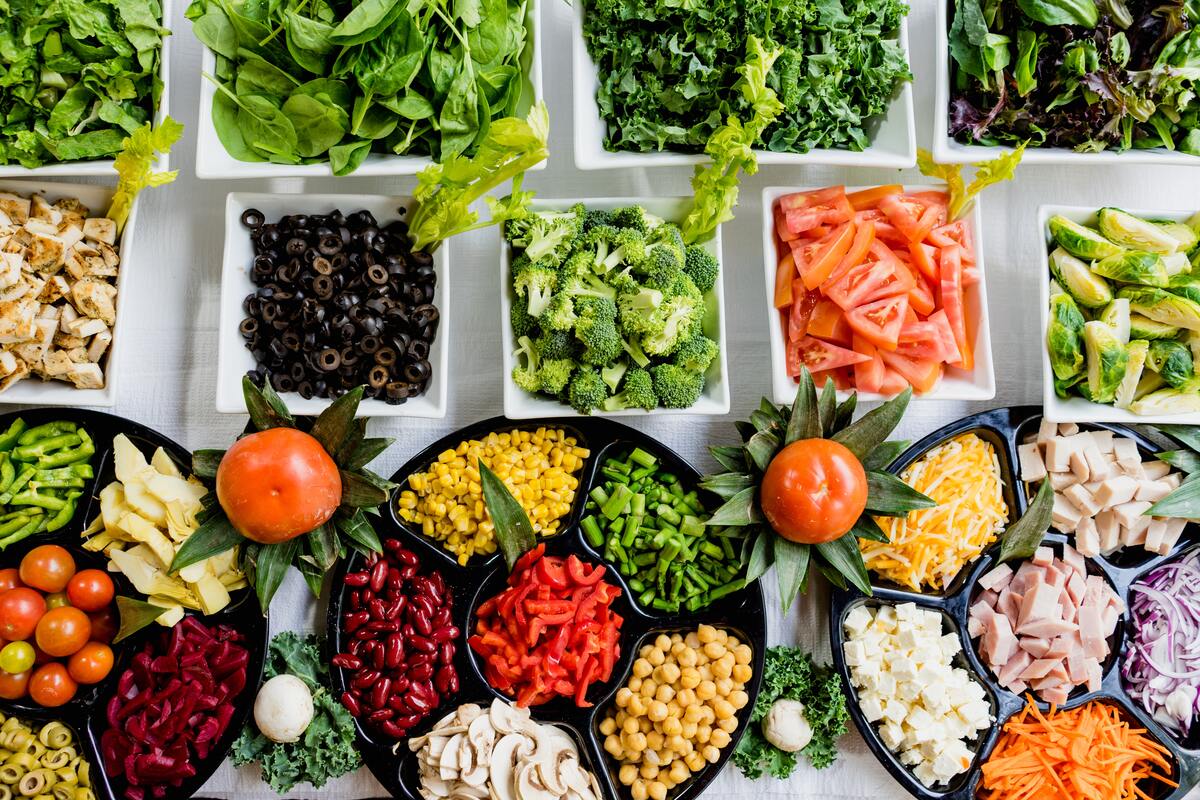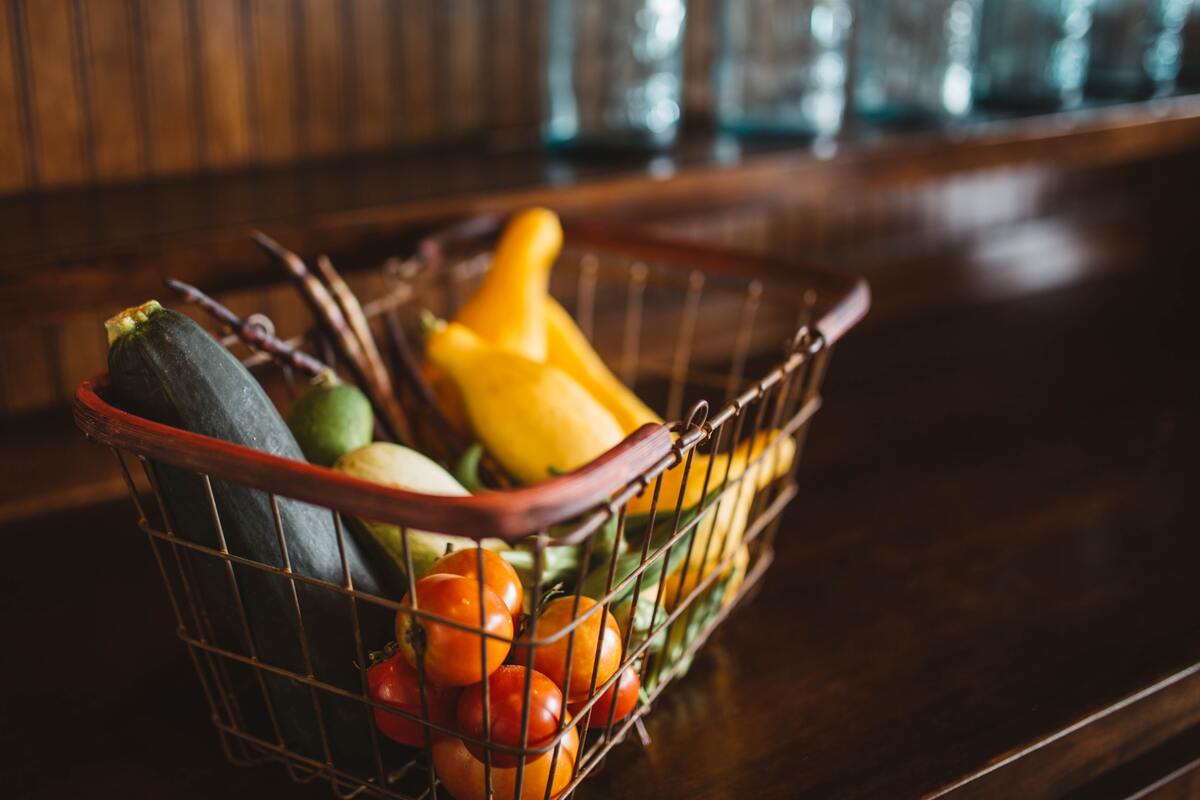The Ultimate Guide to the Keto Diet: How to Start Keto, Benefits, and Eating Keto on a Budget
The Ultimate Guide to the Keto Diet: How to Start Keto, Benefits, and Eating Keto on a Budget
Over the years, different diets have emerged as a way of losing weight and maintaining a healthy lifestyle. The best diet to lose weight that has gained popularity is the Ketogenic Diet, also known as the Keto Diet. The Keto Diet involves reducing the intake of carbohydrates and increasing the consumption of fats to put the body in a state of ketosis. In this article, we will explore the various aspects of the Keto Diet, including its benefits, types of Keto Diets, how to start keto, a guide to ketosis, keto guide, keto food guide, keto weight loss, and tips for eating keto on a budget.
Benefits of Keto:
The Keto Diet has several benefits, which have contributed to its increasing popularity. One of the most significant benefits is weight loss. The Keto Diet helps the body burn stored fat for energy, leading to weight loss. Additionally, the Keto Diet has been shown to improve blood sugar control, lower blood pressure, and reduce the risk of heart disease. Other benefits of the Keto Diet include increased energy, improved mental clarity, and reduced inflammation.
Types of Keto Diets:
There are several types of Keto Diets, each with its specific guidelines. The most common types of Keto Diets include:
Dirty Keto
Dirty Keto is a type of Keto Diet that focuses on the macronutrient composition of the diet rather than the quality of food consumed. This means that individuals following the Dirty Keto Diet can eat processed and unhealthy foods as long as they meet their daily macronutrient requirements. While this type of Keto Diet may lead to weight loss, it may not provide the same health benefits as a more balanced and healthy Keto Diet.
Lazy Keto
Lazy Keto is a simplified version of the Keto Diet, which involves only tracking carbohydrate intake while ignoring protein and fat intake. This type of Keto Diet may be useful for individuals who find it challenging to track all their macronutrients.
Keto food guide
What to Eat on Keto:
The Keto Diet involves consuming high amounts of healthy fats, moderate protein, and low carbohydrates. Some of the foods allowed on the Keto Diet include:
What Not to Eat on Keto:
To achieve and maintain ketosis, individuals on the Keto Diet must avoid certain foods, including:
The Keto Flu
As the body transitions from using glucose as its primary source of energy to using ketones, some individuals may experience what is known as the Keto Flu. Symptoms of the Keto Flu include headaches, nausea, fatigue, and irritability. To minimize the symptoms of the Keto Flu, individuals can stay hydrated, increase their electrolyte intake, and consume enough healthy fats.
Keto Tips
Eating Keto on a Budget
Eating keto on a budget is possible with some smart planning and choices. It's a common misconception that the Keto Diet is an expensive way of eating due to the emphasis on high-quality fats and proteins. However, with a little creativity and strategy, it can be affordable and sustainable. Here are some tips for eating keto on a budget:
- 1Buy in bulk - Buying non-perishable keto-friendly foods such as nuts, seeds, and oils in bulk can save money in the long run.
- 2Choose affordable protein sources - Eggs, chicken, and ground beef are affordable protein sources that can be used in many keto-friendly meals.
- 3Shop for sales and discounts - Keep an eye out for sales and discounts on keto-friendly foods such as cheese and avocados.
- 4Make meals from scratch - Pre-packaged and convenience foods are often more expensive than making meals from scratch.
- 5Utilize frozen and canned foods - Frozen and canned vegetables and seafood can be a cost-effective alternative to fresh produce and seafood.
- 6Use meal planning apps - Meal planning apps like Salmo can help plan meals and save money by generating a shopping list based on planned meals. Salmo also allows users to customize their meal plans to their dietary needs and preferences.
By using these tips, it's possible to eat a healthy and satisfying keto diet without breaking the bank. Planning meals in advance and buying in bulk can help save money, and choosing affordable protein sources and utilizing frozen and canned foods can also be cost-effective. By making smart choices, eating keto on a budget can be achievable for anyone.
The Keto Diet is a popular way of losing weight and maintaining a healthy lifestyle. It involves consuming high amounts of healthy fats, moderate protein, and low carbohydrates to put the body in a state of ketosis. There are different types of Keto Diets, including the Standard Keto Diet, Cyclical Keto Diet, and Targeted Keto Diet. While following the Keto Diet, individuals must avoid sugary foods, starchy foods, and high-carb fruits. The Keto Diet has several benefits, including weight loss, improved blood sugar control, and reduced inflammation. To follow the Keto Diet successfully, individuals should plan meals in advance, monitor ketone levels, and stay hydrated. Follow our Keto guide, guide to ketosis, and keto food guide, and enjoy Keto Diet! Additionally, it is possible to eat Keto on a budget by buying in bulk, choosing affordable protein sources, and shopping for sales and discounts.
Might be interesting - The Best Macros For Fat Loss And Muscle Gain





